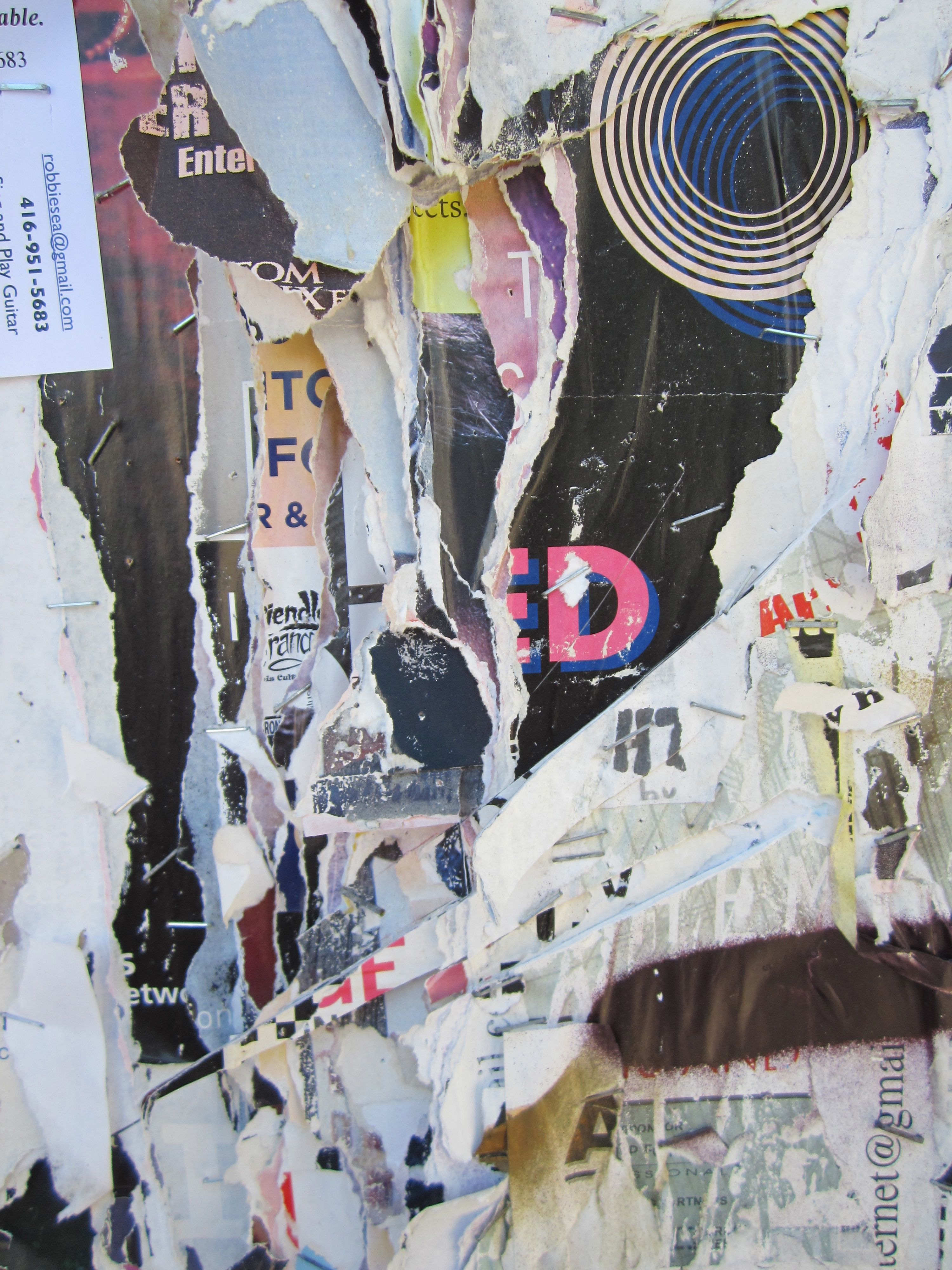Cause(s) and Consequence(s)
10 March 2013 - 6:36pm
 Hindsight is 20/20…or so it seems.
Hindsight is 20/20…or so it seems.
The study of the past sometimes presents us with a false sense of comfort: the idea that looking back now, we could have anticipated or predicted the outcome of past situations. It can be easy to believe we have a superior sense of knowing about the past and how certain processes sorted themselves out. Much like watching a favourite serial drama and then racing to view the next episode after a "cliffhanger" moment, history is looked to for answers to some big questions about our past and about human nature more generally. For some, history provides a sense that there was an order to things in the past, that there were clear links between events and outcomes, and that loose ends are always tied up.
Historians refer to links between events and outcomes as “cause and consequence.” Yet, cause and consequence are trickier concepts than they may seem. Principally, cause and consequence are seldom singular. Further complicating matters, cause and consequence are rarely identifiable in their present moments. In those moments when doors are closed or decisions made, we often can’t know where things are going or where they are headed. In the present, perspectives of any cause or its consequence are essentially abstract and quite the opposite of linear. There are many possibilities when a decision is made or when a relationship is broken. And we don’t have the benefit of hindsight to tell us in that moment how things will turn out.
We can’t necessarily see the causes and the consequences future historians will identify in our own time. The abstract possibilities that could have been disappear and are replaced in the historical record by what was or what continues to be. But in the present all future possibilities are essentially just that: possibilities. History reminds us that although we are presently vulnerable to causes and their consequences, these are usually identifiable only in hindsight. The past doesn’t always repeat itself. However, studying the past teaches us to be brave and to take chances to enact the change we want to see in ourselves and in our world. As we face new and old challenges alike, the past chronicles both decisions and their outcomes for us to draw on, to study, to take inspiration from or to discard. In our present we need to remember that although we can’t always foresee causes and their consequences, we can be ready to face them if and when we must.
It’s important students in secondary and post-secondary classrooms engage with history as a concept itself rather than only as a static or finite interpretation of the past. So how would you, or how do you, engage students with cause and consequence your classrooms?
Photo: Author's Photo, Kensington Market, Toronto.

